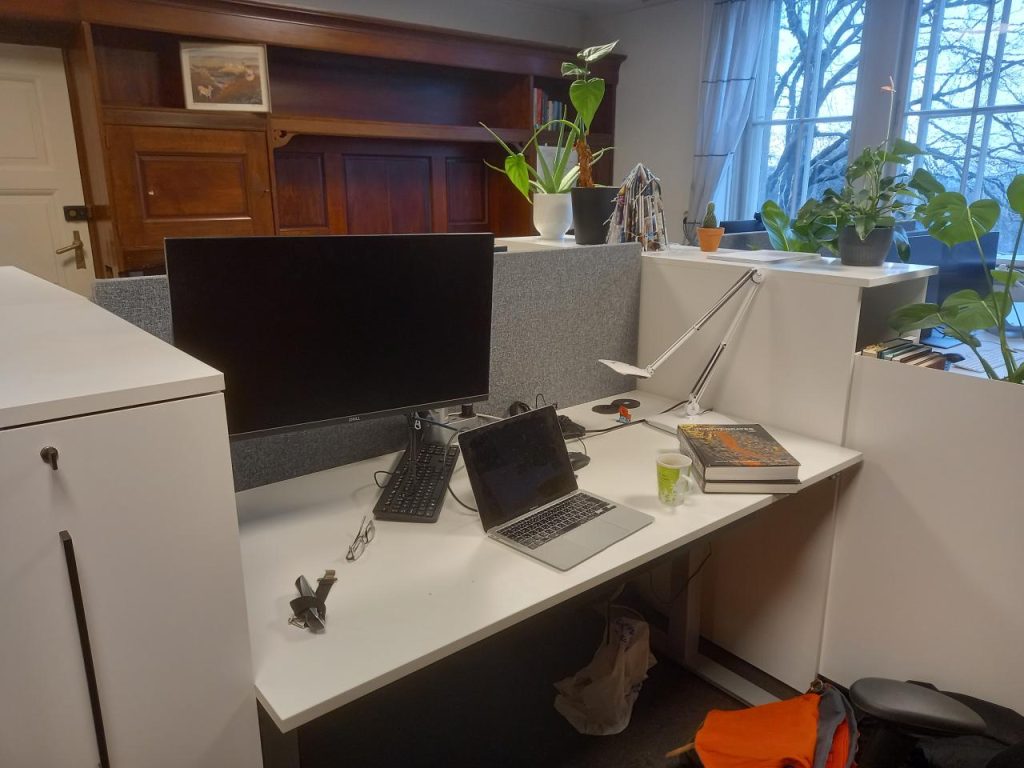When we head home for the holiday period, I’m sure many of us will end up in chatting away to a relative or family friend we haven’t seen in far too long, only to be confronted with that ever-present question of:
“What do you do for a job now?”
And whilst the advent calendar’s many entries go over FEZ’s exciting year of researcher feats, the answer “I’m a Postdoctoral Researcher” is one perfectly primed to be responded to with a scrunched face and “what on earth is that?”
“Not a PhD candidate, but not yet an Assistant Professor”, the postdoctoral researcher is the academic world’s answer to the Britney Spears 2002 blockbuster Crossroads. As postdocs, we generally bounce between short term (2-3 year) contracts at various universities, building up our CVs until we can make the leap on to the job ladder proper with a more permanent, contractual position. In the meantime, postdocs are encouraged to apply for funding in their name – another way of bulking up the CV and gaining some independence – and tend to do a lot of the research that keeps the academic system moving, as we have fewer administrative and teaching responsibilities compared to more senior staff, but more training when compared to PhD students.

So what does funding for a postdoctoral researcher look like? Sometimes, it comes in the form of a Fellowship. This is a position that you apply for where you have a question you’d like to research, find a lab that you would like to work with, and work on a proposal to a funding organisation that will give you the money to answer your question. Generally, a fellow’s wages – and their research funds – come from the funding organisation, which might not (and often isn’t), the university they are working at! Working on a proposal like this might take months, as writing your own job description for two years is, as you might expect, not just difficult, but also competitive and subject to a lot of scrutiny. For the two years before arriving in Oslo, I was a Fellow of the Japan Society for the Promotion of Science at Keio University – they have a special program for researchers from outside of Japan to work at Japanese labs for up to two years. One issue with this kind of funding though is that often you can only win the same fellowship once, so once that funding is up, you have to look for another way to carry on working!
Other times, funding comes in the form of grants. Grants are funding for specific research projects, but they don’t come with a job attached. In my current postdoc I am employed by a grant from the Norwegian Science Foundation awarded to Torsten to improve our understanding of Invertomics (which budgeted for a postdoctoral researcher to help answer the question), and in turn I am applying for extra grants to expand our research in interesting and relevant ways. To get this grant funded postdoc, I applied for it after reading the job description, as with most jobs, rather than writing an application like a fellowship. Applying for grants and fellowships to find new money for research takes up a considerable part of most academic’s time, both postdocs and senior academics.
This year I was lucky enough to be awarded the Peder Sather grant, a grant that is awarded for research between Norwegian universities and the University of California, Berkeley (administered by Berkeley itself). This grant will allow myself, along with Torsten and our collaborator at Berkeley, to develop a whole new software that will help other biologists better evaluate phylogenetic hypotheses, and better understand the conflicts, controversies and confusions that arise in our understanding of evolution and the history of life. Over the next two years, I’ve been funded to take a few trips to sunny California, and in the meantime I’ll be working hard writing this new program, which is planned to release in stages over the project. Hopefully, it’ll be a really exciting, fun and useful experience, with something incredible to show at the end of it!
![]()
